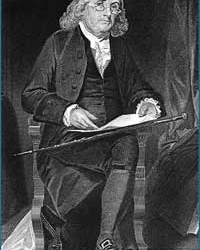Galina Balashova (90 years old) was involved in designing the first space capsule modules for the Soviet crew. As an architect and artist, Galina dedicated three decades to designing the interiors of the Soyuz spacecraft and many other Soviet space vehicles.
9 Paintings That Made History in Space Travel
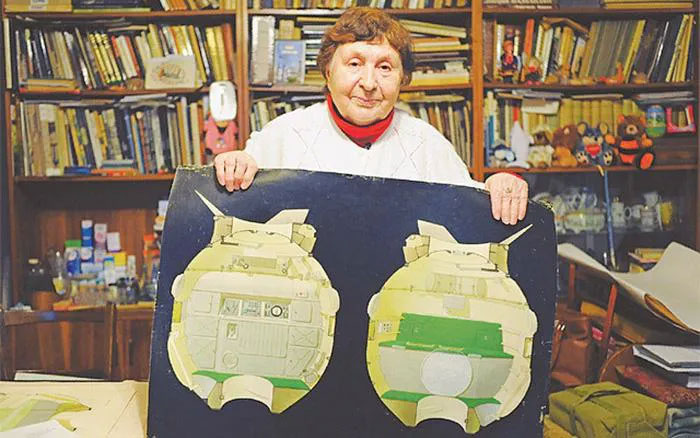
Space architect Galina Balashova.
Born as Galina Briukhova into a family that loved painting, with an uncle who was a famous architect, she graduated from high school and was admitted to the Moscow Architectural Institute, where her teachers were students of the renowned architect Ivan Zholtovxki.
In 1955, after graduating from university, she was assigned to work in Kuibyshev. In 1956, Galina married her classmate, Iuri Balashov, who worked at the Special Construction Department No. 1, researching thermal insulation for aircraft landing gear. Galina and her husband moved to Kaliningrad, where she worked in the chief architect’s office, handling repairs for workshops, buildings, city planning, and landscape design.
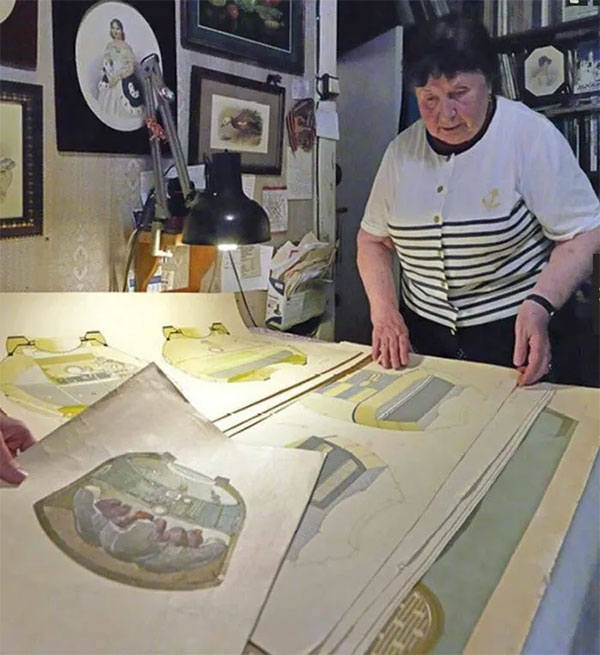
Space architect Galina Balashova in front of her design.
The launch of the first artificial satellite, the first human flight into space, and other achievements of the Soviet Union in space technology required industrial and graphic design. This need led Galina Balashova to become a space architect.
Starting in 1963, every weekend, she sketched the interiors of the Soyuz spacecraft at the request of chief designer Sergei Korolyov, the father of the Soviet space program. The criteria were that “the spacecraft must be a livable human space.” After Korolyov approved her sketches, which included wall paintings of landscapes, she created several other watercolor paintings.
In 1964, she was appointed as a senior engineer in the Soviet lunar exploration program, responsible for overseeing and designing the interiors of spacecraft, from layout to color and furnishings. She created watercolor and pencil illustrations for the designs of the Soyuz cabins, for the Salyut and Mir space stations, and for the Buran program, which served multiple generations of Russian spacecraft even to this day. Nine of her paintings entered the history of Soviet space travel when they were taken aboard spacecraft by engineers and astronauts.

Galina Balashova discusses her designs.
In addition to designing the drawings, Galina collaborated with materials scientists to find a type of snow fiber and synthetic capron fiber. These materials were soft and resembled “adhesive tape” used today. Beyond the uniqueness of the materials used in spacecraft interiors, Galina also focused on color: in a weightless environment, where orientation is very complex, astronauts needed to easily distinguish the ceiling from the floor, meaning they should not confuse the top with the bottom.
Thus, in all “Soyuz” spacecraft, later the “Mir” station, the upper part was painted white or yellow, while the floor was blue. Furthermore, the blue color did not distort or appear dark or gloomy in photographs or videos. She not only painted the interiors but also conducted suitable structural calculations and discussed configurations and dimensions with engineers.
Forgotten in Top-Secret Projects
Between 1971 and 1975, Galina participated in the construction of the “Soyuz-19” spacecraft as part of the “Soyuz – Apollo” program. She designed the orbital module of the “Soyuz.” She also designed nearly 40 flags for the “Soyuz,” “Progress,” and “Welcome-6,” “Welcome-7” spacecraft, as well as international space flights.
The design of the “Soyuz” received major awards for material researchers. Nevertheless, no one knew about Galina Balashova. She was even not allowed to sign the projects. While all the glory was taken away, Galina recalled, “The work was very interesting, and that was the most wonderful thing.”
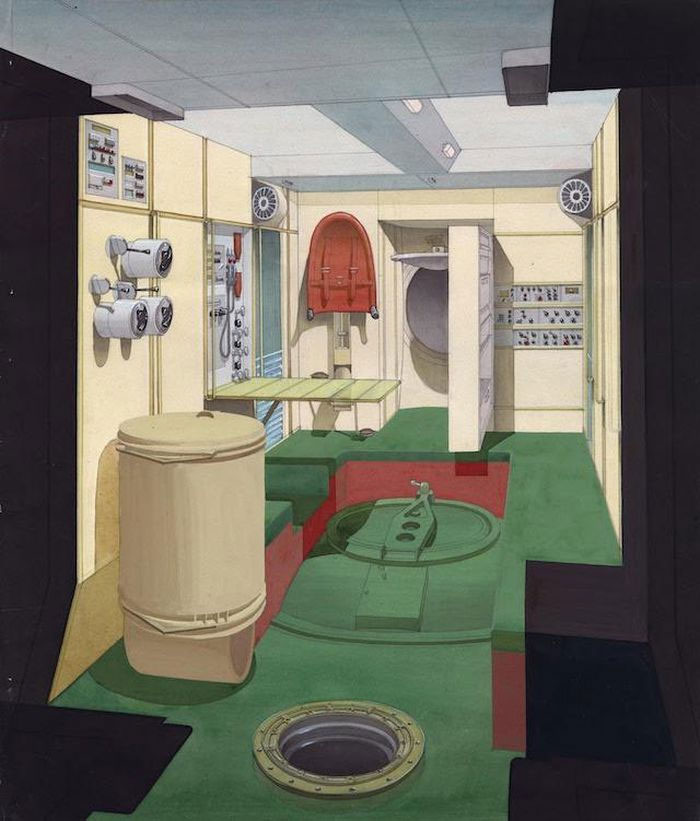
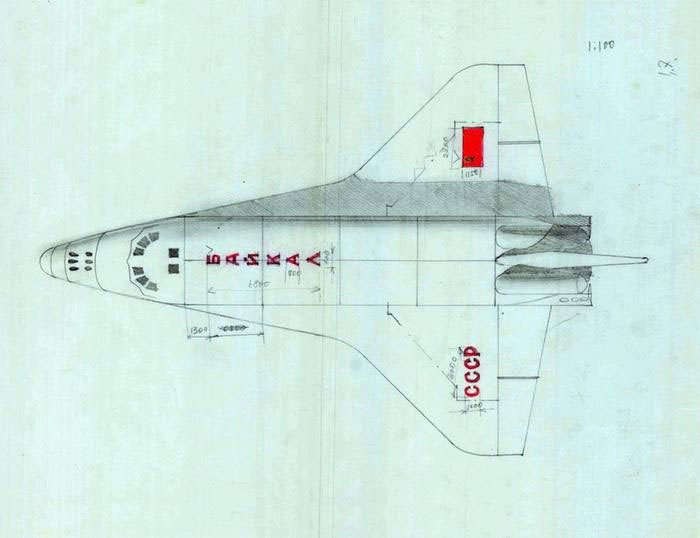
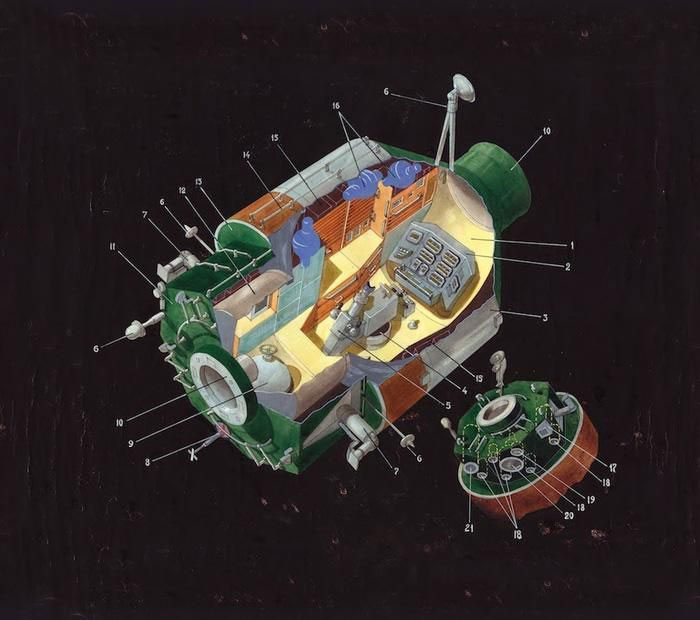
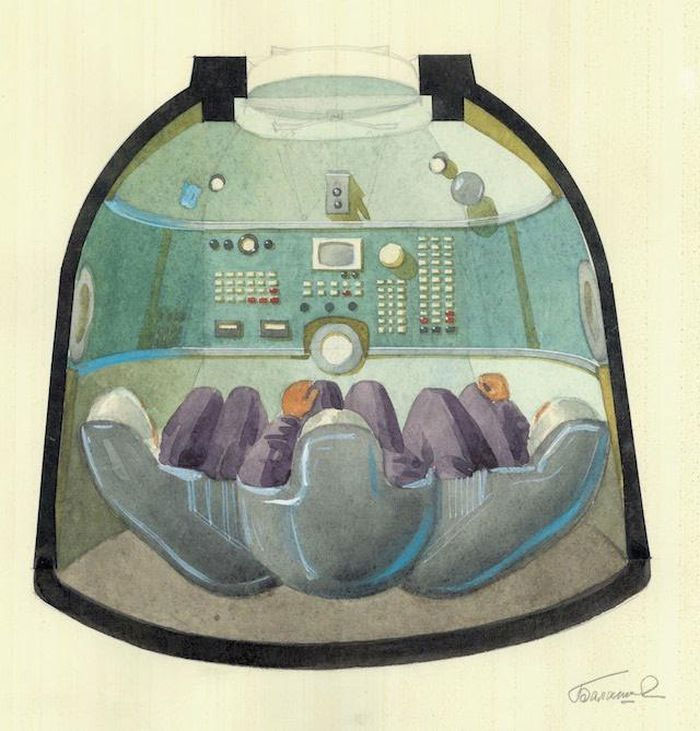
Her designs.
She continued to work as a space architect for the Soviet space program until 1991. Most of her work was classified, so it was nearly forgotten even in Russia. Recently, a film was made about her titled “Space Architect Galina Balashova.”
In Germany, there is a book honoring her, titled “Galina Balashova: Architect of the Soviet Space Program.” Architect Philipp Meuser, the editor of this book, recalled that when he discovered Galina’s spacecraft designs in a 2001 article in the Russian design magazine Project Russian, he was truly overwhelmed.
“She was the sole architect and designer in one of the most secret projects of the Cold War era. The richness of her artistry made her the creative mind behind the Soviet space program. Galina Balashova infused a great deal of emotion into the high-tech world of rockets, laboratories, and devices with a desire for beauty and harmony. Thanks to her talent, the history of architecture has been enriched by a new direction—cosmic architecture,” remarked Philipp.
In Germany, she was also awarded the “Golden Nail” and an honorary diploma. Germany decided to bestow her the title of Honorary Member of the German Art Directors Club in 2015. The honorary diploma states: “Presented to the architect who achieved many honored stars through her creativity.”








































